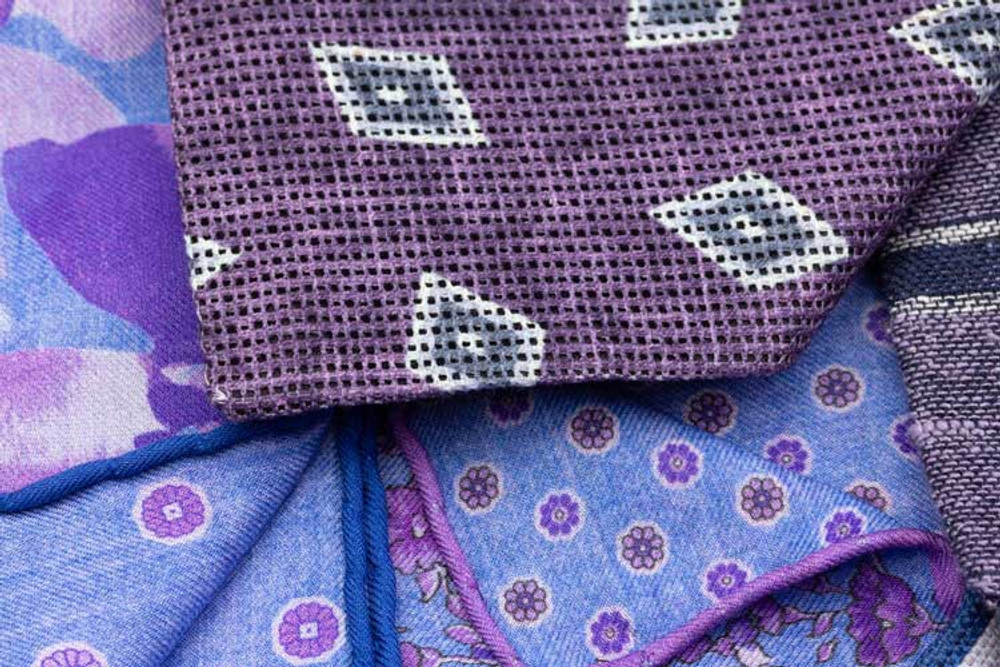
Creating a harmonious outfit involves more than just choosing well-fitted garments. It requires understanding how colors and patterns work together, elevating your outfit from good to outstanding. In this blog, we'll guide you through the art of matching colors and patterns in men's fine clothing, aiding you in making the best sartorial choices.
The Basics of Color Matching
Color theory is a powerful tool for creating visually appealing outfits. The color wheel, divided into warm (reds, yellows, oranges) and cool (blues, greens, purples) hues, can guide your color combinations. Here are some strategies:
- Monochromatic: Different shades of the same color create an elegant and cohesive look.
- Analogous: Colors next to each other on the wheel, like blue and green, work harmoniously together.
- Complementary: Colors opposite each other on the wheel, like blue and orange, create a bold, dynamic contrast.
Neutrals (black, white, gray, navy, and brown) are versatile and can be paired with almost any color. They're beneficial for grounding your outfit if you're wearing bright or multiple colors Art of Manliness.
Pattern Matching: Stripes, Checks, and More
Patterns add visual interest and personality to your outfit. However, mixing patterns requires some finesse. Here are a few rules to follow:
- Vary the scale: If you wear multiple patterns, ensure they're of different scales. A fine-striped shirt can pair well with a wider-striped tie.
- Stick to a common color: To create a sense of unity, make sure your patterns share at least one color.
- Balance bold with subdued: If one piece of your outfit has a bold pattern, keep the rest of your look more subdued to avoid clashing.
- Use solids for balance: Solid pieces can break up patterns and give the eye a resting place.
- Patterns of the same type: If you choose to mix patterns of the same type (e.g., checks), make sure they're different sizes or colors to provide a contrast Gentleman's Gazette.
Color and Pattern Matching in Practice
Let's put theory into practice. If you're wearing a navy suit (solid, neutral) with a light blue shirt (solid, analogous color), you could opt for a burgundy tie (solid, complementary color) for a classic, professional look.
You could pair the navy suit and light blue shirt with a yellow tie with small blue polka dots for a bolder statement. Here, yellow complements blue, and the small polka dots (pattern, different color, shares a color with the shirt) create visual interest without overwhelming the look.
Final Thoughts
Mastering the art of color and pattern matching can elevate your style and give you the confidence to experiment with your wardrobe. Remember, rules are there to guide you, but they're not set in stone. Personal style is just that - personal. Feel free to break the rules if a particular combination expresses your individuality.
At Hansen's, we're dedicated to helping you find clothing that enhances your style. From helping you understand color and pattern matching to choosing the perfect suit or tie, our team is ready to assist you. Contact us here for personalized style advice.
The Takeaway
Understanding the language of color and pattern matching in men's clothing can transform your outfit from basic to refined, demonstrating your sartorial savvy. As you grow more comfortable with these principles, you'll find your unique style expression that's aesthetically pleasing and reflects your personality.
